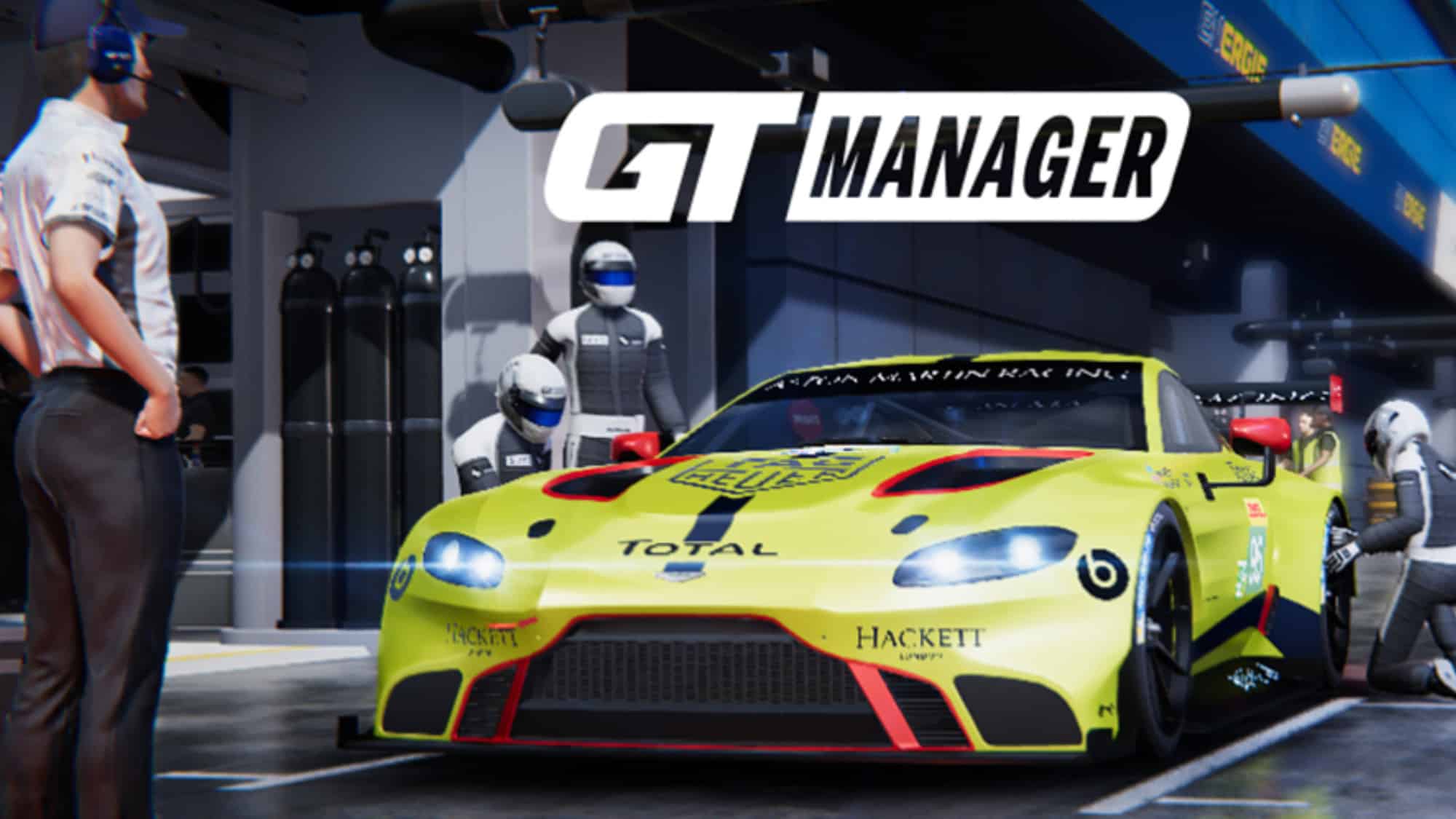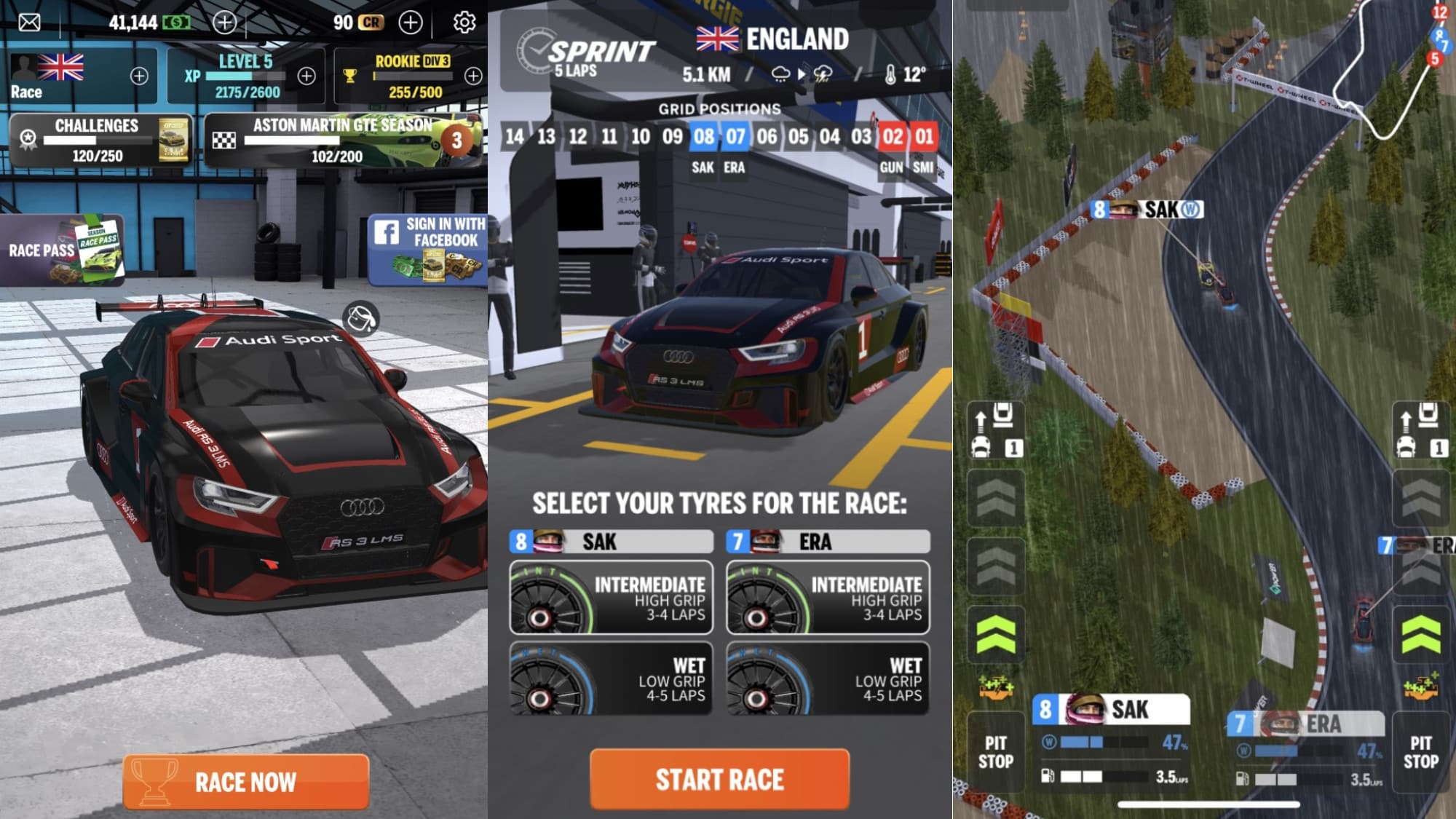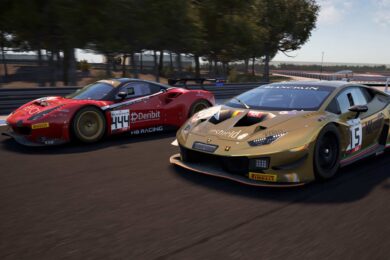Race days are split into sprint and endurance events, five laps for the former, nine the latter. Each will pay out scaled rewards based on race length and finishing position along with any sponsorship bonus criteria you hit.
You control your cars via three buttons: lower speed/high engine conservation mode, higher speed/high engine usage and a middle ground between the two. You also have access to three hits of push-to-pass to use up during a race but beware, it’ll take a lot out of your engine life so be sure you’ll make it to the end before going too wild.
You can pick your starting compound of tyres and dictate strategy during the race, call for pit stops or manage driver’s engine usage from the pitwall in pursuit of victory.
The first few races are kind, rivals struggle and you’ll pick up a fair few wins to boost that bank balance and earn a few starter packs along the way to build up your team, but that progress will start to stall out after a few levels.
Here is where the microtransactions come in.
Packs of varying rarity can be purchased at any time, along with additional credits to allow you to purchase further upgrades for your team, though you can earn several packs for consecutive logins and level-ups sticking free to play.
The only obscene cap in-game prevents players from accumulating income based on time restrictions. Play too much of GT Manager in a short space of time and your income is capped via a ‘Sponsor Limit’ and that’s you locked out of several potential upgrades for several hours — of course unless you want to pay them for the convenience to play the game and reset the limit.
If this kind of gameplay loop puts you off then GT Manager is unlikely to be a game you’ll enjoy. Stick in the hours and there’s no doubt you’ll have earned the rarest of cards to build your racing empire.



